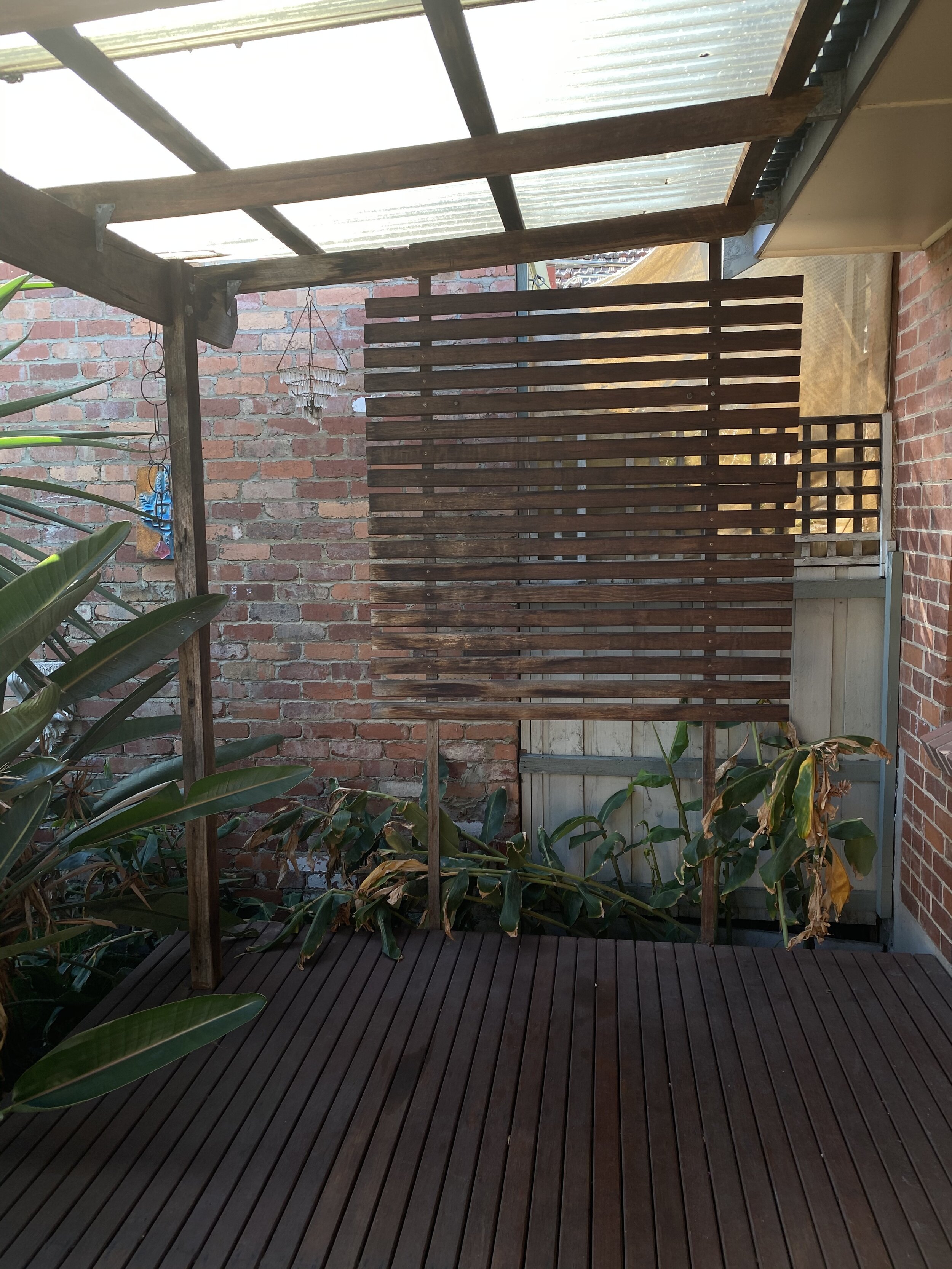Back to the lab again…
This ramble is more squarely aimed at small businesses or individuals that sell a product or service of some kind, I guess.
Social media is a fickle beast, here, have some likes, right, that’s enough likes, pay us.
That’s what it feels like for the most part, especially for an old bloke (compared to the SMM crew these days…) The numbers grew relatively quickly back in 2010, organic content actually gathered some eyeballs and a healthy amount of conversions across to your website… Now, skip forward twelve years and organic content gets you frustration and very low ROI - but there are different ways you can STILL use organic content to garner audience and community.
UGC or User Generated Content - it’s the simple play of identifying good content that’s made using your product or features your product and then re-sharing that content to your platforms to help promote your followers, but also help promote your product / service. *
Content that helps solve a problem for your audience, coffee’s going to be $7 a cup at your local cafe, solve that with ‘how to make coffee at home’ videos and tips if you’re selling beans or pods?
UGC doesn’t just provide some great (and some awful, lets be honest) content, but the act of contacting the creator and asking to share it - in most cases - can result in a stronger connection with your community. “This brand cares enough to share my stuff…” This comes with a caveat we’ll touch on after these points..
Think about more than just page posts and Instagram posts - when you’re working on content, try to remember to create for stories/reels as well (I’m a big fan of the Hootsuite always updated image sizes for social thingy)
If you do ALL of the above but don’t bother checking your Facebook page’s messages, don’t bother replying to comments, don’t actually use the platform for what it was built for - to be social with your audience - you might well take points one through four, print them out, roll them up and smoke them - that’s about the amount benefit you’ll get.
Point three above - your audience may well tag you (your brand) in posts, but that doesn’t automagically give you the right to use that content however you like. I’d say around 75% of the time, someone tagging you likely expects that you might share it at some point, but it’s better if you have some sort of system in place, something to cover you if things ‘go south’ - An example, I have a note in my bio “Tag us using blah blah so we can see and share your posts” now, this likely wouldn’t hold up in court, but it does help if issues ever arise… People create this content for themselves, we don’t own it, we merely ask to use it to help sell our products - remember that and be gracious and kind when people allow you use of their UGC content.
The flip side - trying to blackmail a brand that’s shared your post is a pretty scummy thing to do - especially if you’ve tagged them… What did you expect would happen? Why did you tag them? Slap your own face.
Time to take a deep breath, step away from your screen for a minute or two and soak in your surroundings. Here’s a picture of the old boat shed in Queenscliff to help you do that.
Leave me a comment below, follow me on Twitter or Instagram. (Instagram is more pics of my new pup, Coco, right now… sorry not sorry)












